According to Dr. Who, time comprises a lot of “wibbly-wobbly, timey-wimey stuff.” Yet, we like to believe we have a good sense of time. Except we really don’t. As these fourteen facts will show you, the way we think of history is sometimes massively wrong in its scale.
Oxford University is Older Than the Aztec Empire

Most people will probably know that Oxford University is one of the oldest places of learning in the Western world. It has existed in some form or another since 1096. The masters of the University were officially recognized as “Universitas” in 1231, making Oxford almost 800 years old.
The Aztec Empire was a warlike people that existed in the Yucatan, and they only became an empire in the 1430s. That means that Oxford is approximately 200 years older than the Aztec empire. As a bonus, the Aztecs also never called themselves “Aztecs.” We don’t even know what word they used to refer to themselves.
The Fax Machine and The Oregon Trail Overlap
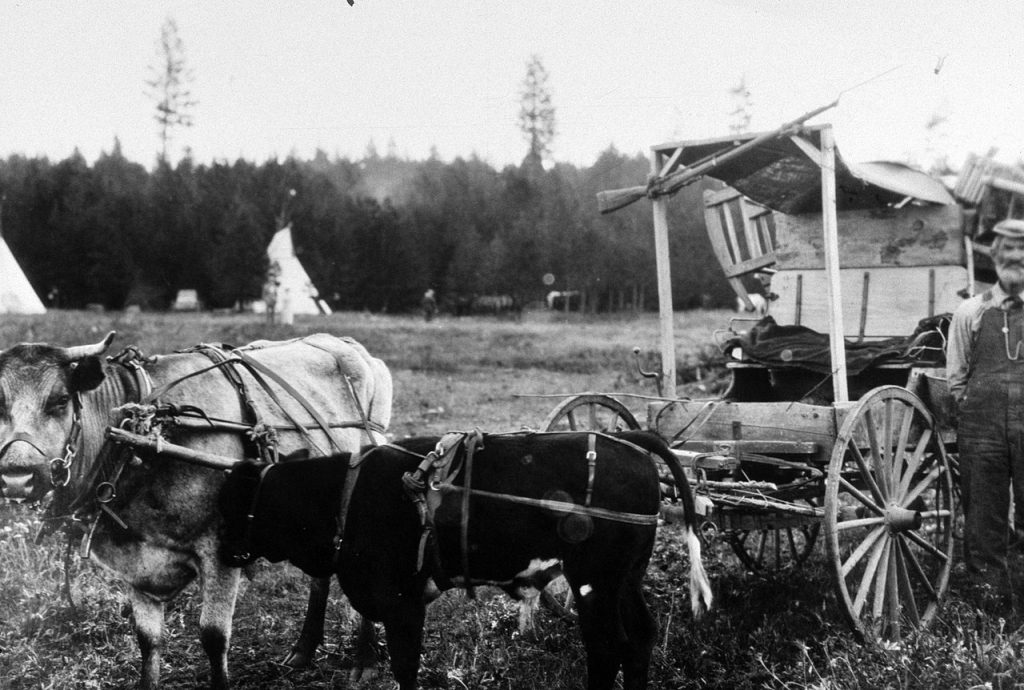
While many of us no longer use fax machines, they were fixtures in most offices in the 80s and 90s. They were the precursor to email, with faxes coming across the phone line and printed out on the machine. Yet the patent for the machine is at least as old as the last Oregon Trail wagon train.
On May 22nd, 1843, about one thousand settlers left Elm Grove, Missouri, on the Oregon Trail and headed out west to claim a parcel of land. Alexander Bain filed his patent for the fax machine on May 27th, 1843. There is only a five-day difference between both events.
Nintendo is as old as Van Gogh’s Starry Night

If you’re not an art geek, you probably won’t know how recent Van Gogh was alive compared to other artistic masters. Starry Night was painted in 1889 while Van Gogh was confined to a mental institution for his own safety.
In the same year over in Japan, a company was formed that dealt explicitly with playing cards designed for gambling games. Nintendo’s documents of incorporation were filed around the same year that Van Gogh produced Starry Night, making the company 135 years old in 2024.
Kublai Khan was Alive When New Zealand Was First Settled

Kublai Khan is usually overshadowed by his grandfather, Genghis, in the tapestry of history, but he was also a conqueror of some note. As the leader of the Mongol Hordes and the first Yuan emperor of China (where the country now derives the name of its currency), he was a general to be reckoned with.
Yet, according to archaeologists, New Zealand was settled for the first time in 1250 AD, around the same time Kublai Khan was terrorizing Asia and Eastern Europe. While the Polynesians were an ocean away then, the overlap between these historical events is insane.
The Ottoman Empire was Around During Disney’s First Cartoon Releases

When we think about the Ottoman Empire, we consider it a part of history long gone. Yet the empire was alive and kicking until relatively recently. Its declining power earned it the nickname “The Sick Man of Europe,” but that sick man held on for quite a while.
Walt Disney’s first cartoon, Steamboat Willy, was released in 1920. Yet the Ottoman Empire persisted until the title of sultan was removed in 1922. Next time you see old Steamboat Willy, remember that he was created when there was still an Ottoman Empire in the world.
Some Greenland Sharks Alive Today Were Born During Henry VIII’s Reign

We don’t realize how old sharks can get, but as the apex predator in many of their ecosystems, they don’t have anything to kill them. A recent radiocarbon dating study saw the oldest in a sample having an estimated 372 years old, give or take 120 years.
Even if you take the conservative estimate of 272 years, that would make this shark’s birth around the time that the founding fathers were putting pen to paper to make America into a country. If we take the far end of the spectrum, the shark would have been born around the time of Henry VIII.
Wooly Mammoths Were Probably Alive During The Construction of the Pyramids

When we think about wooly mammoths, we consider them remnants of the ice age millions of years ago. Yet the truth of that might surprise you. Fossils of wooly mammoths found on Wrangel Island are estimated to be around 3,700 years old.
The three main Pyramids at Giza were built between 2550 BCE and 2490 BCE. When we compare the dates, we see that wooly mammoths were still alive somewhere in the world at some point during their construction. This is a shocking revelation.
Humans Are a Relatively Short Part of the Universe’s History

When we think about history, we usually consider things in the thousands of years. Written history only came about approximately 5,500 years ago. This is a vast span of time to us, but when compared to the age of the universe, it’s the blink of an eye.
Carl Sagan, an astrophysicist and writer, created a way to represent all of the universe’s history on a 24-hour clock. With the clock representing all the time from the Big Bang to now, Sagan showed us exactly how large a portion of the clock human history took up – the final second before midnight.
The Last Abolition of Slavery Happened After the iPod Was Made
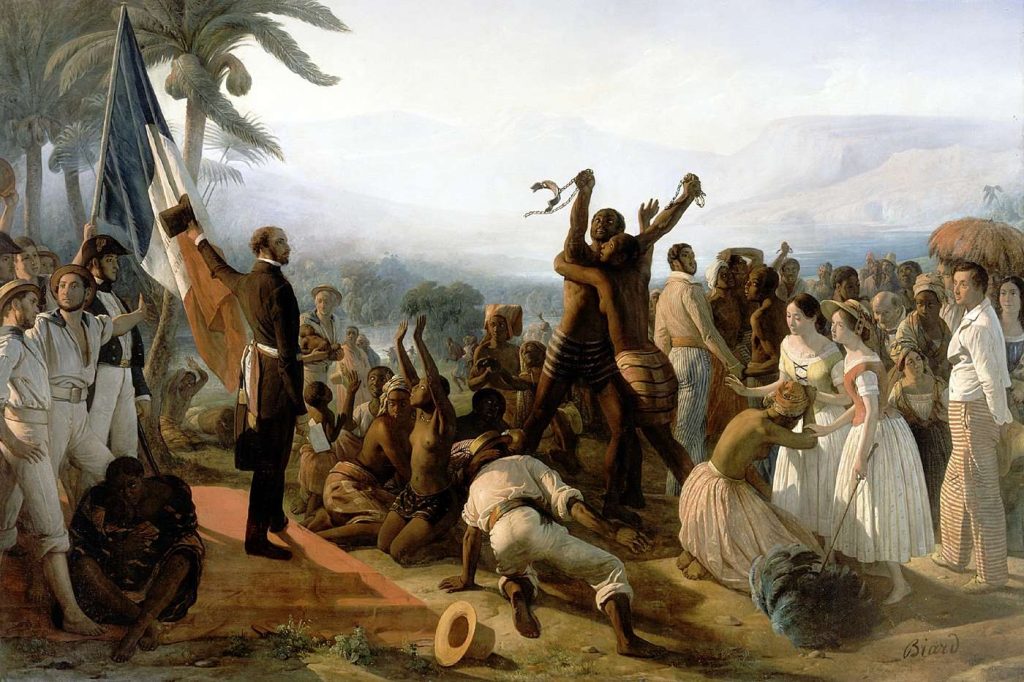
In 2001, Steve Jobs came up with an era-defining invention called the iPod. This invention allowed people to store their music portably and carry it around to listen to whenever they wanted. That invention shows up in museums around the world to this day.
Five years later, the sixth-generation iPod was launched, but people in Mauritania were celebrating something different – the abolition of slavery on the island. While today, the practice remains illegal, it still has a significant cultural hold on the island, and people are still enslaved.
Chinese Guns were Invented Around the Time of the Battle of Crecy
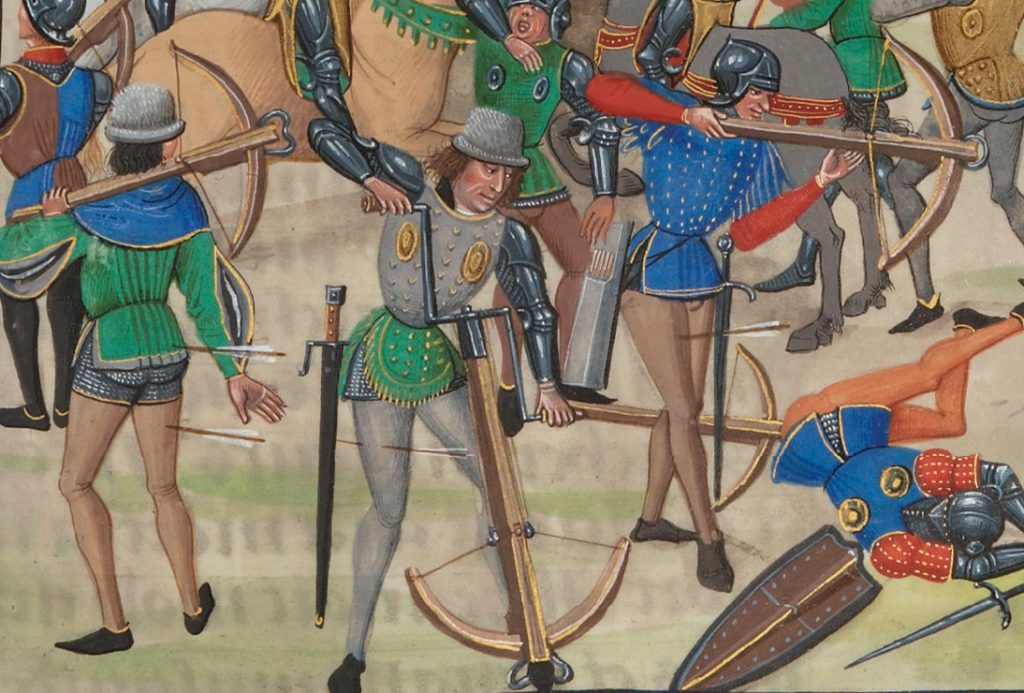
The 14th century was wild, with England and France fighting constantly for dominance. In 1346, the battle of Crecy happened, which saw a brand-new weapon appear on the battlefield – the crossbow. It was such a deadly menace that the Catholic Church outlawed its use for some years after.
In China, a few years earlier, in 1332, the first-ever gunpowder-use gun was created. While we might think of weapons development happening one after another, this realization shows us that many weapons were developed simultaneously. Still, the best ones rose to the top based on the civilization’s technology.
Harriet the Tortoise Met Charles Darwin Personally
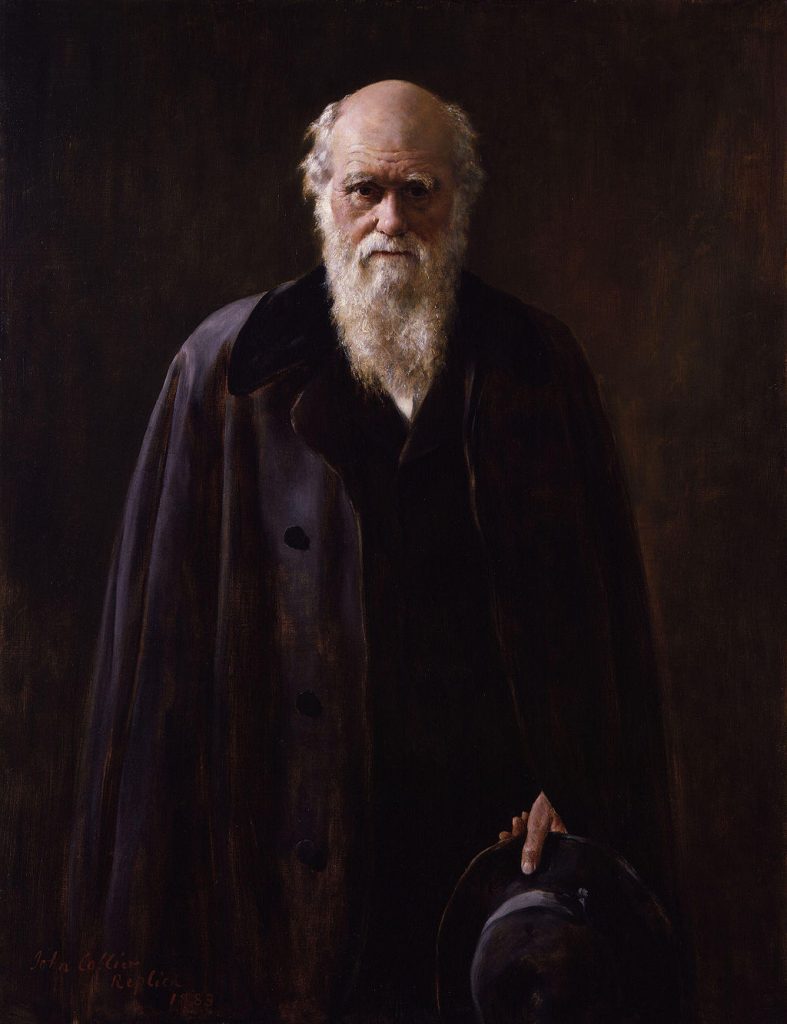
One of the most outstanding scientists of a bygone age, Charles Darwin’s theory of evolution changed how we see animals in their environment. In his epic journey to develop his theory, Darwin picked up a tortoise named Harriet from the Galapagos Islands as a specimen.
Steve Irwin, another great naturalist of the modern age, built a zoo that eventually housed Harriet until her death in 2006. It’s mind-blowing to think that a tortoise had such a rich and storied life that she made it across the world on a ship and met Charles Darwin himself.
George Washington Never Knew Dinosaurs Existed
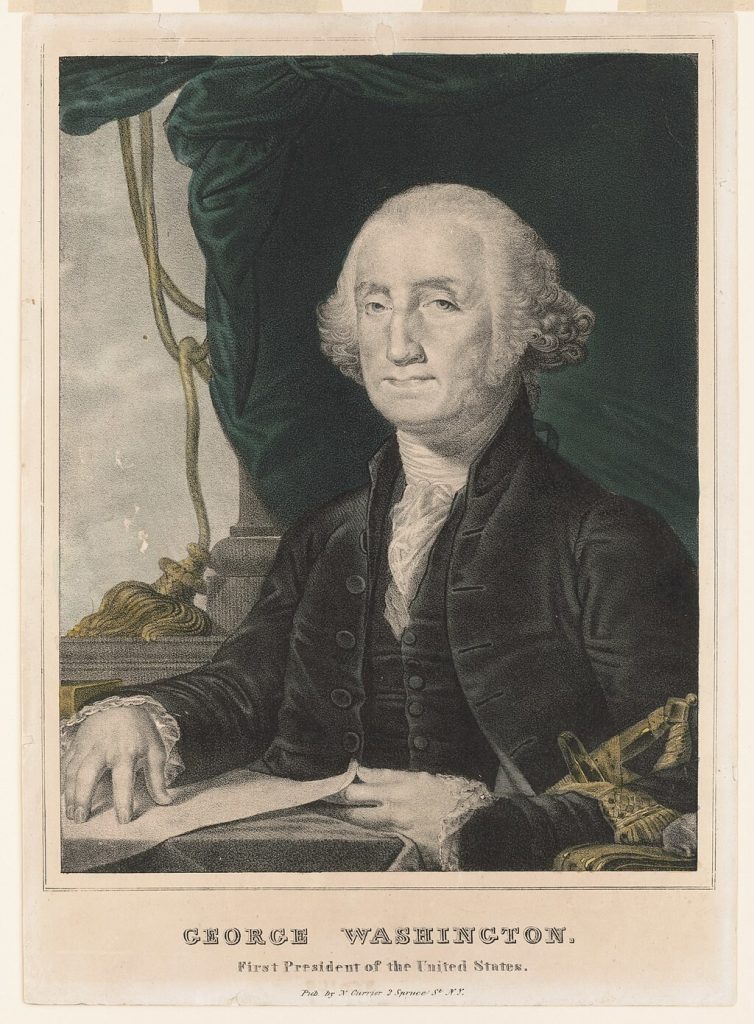
We often like to think that people in historical eras had the same experience as we do. Yet, examining discoveries makes us realize that some of what we know today is relatively recent information. For example, the first dinosaur fossil ever discovered was done so in 1824.
When we think about the country’s founders, 1824 seems like a time when some of them might have been around, right? Washington died in 1799, which means that the first fossil of a dinosaur ever found happened after he died for a quarter of a century.
The Spaniards Had Already Colonized America Before the Pilgrims Got There

Many people like to think that The Mayflower’s landing on Plymouth Rock was the start of American colonization, but they fail to realize that America is a vast continent. They also overlook a significant detail in the story – The Spanish.
While the Pilgrims were busy sorting themselves out and starving to death in Massachusetts, the Spanish had already set up a colony that was already a decade old in 1620 when the Mayflower made landfall. The Palace of the Governors in Santa Fe is older than Plymouth Rock.
Harvard University is Older than Calculus
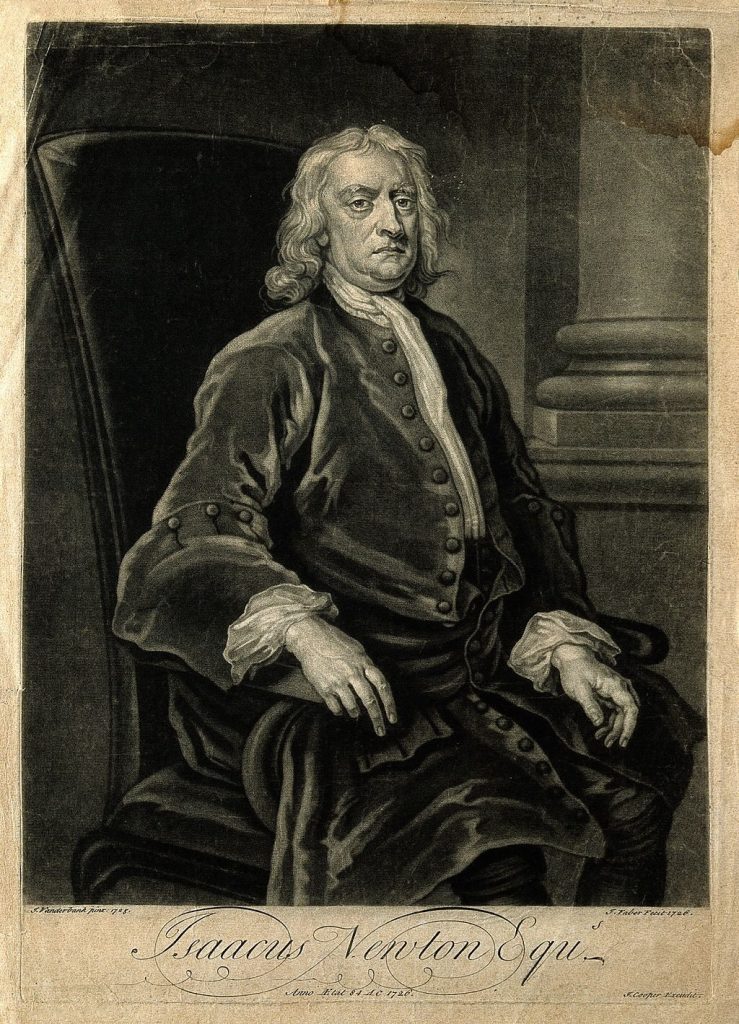
For another mind-bending fact, let’s consider that when Harvard University opened its doors in 1636, there wasn’t a calculus class on campus. While some might say that’s an oversight in a university of that statute, one must remember that calculus hadn’t been invented yet.
Issac Newton (him of falling apple fame) and Gottfried Leibnitz developed calculus as a discipline separately in the 17th century. However, we now know that the practice was known to the Middle East and China for many years prior. Harvard didn’t get its first calculus course until a few years later when the discipline was finally recognized.
Is Your Head Spinning Yet?

History can be complex and throw us for a loop easily. There are many of these overlaps with two things we are vaguely aware of overlapping in their time. Many of us classify history by location, leading to us isolating one event from another despite both happening around the same time.
In the same way, a cowboy, a samurai, a Zulu warrior, and a Victorian gentleman could possibly exist together in a short period of time. When we realize how little we connect different eras of history, it can be pretty disorienting!






